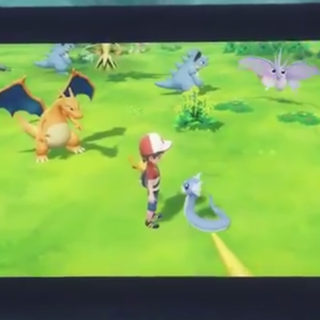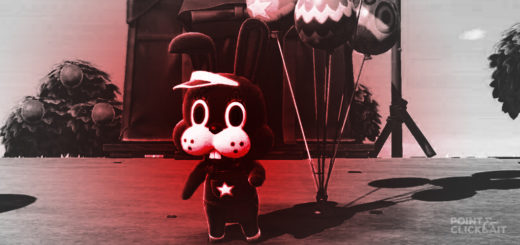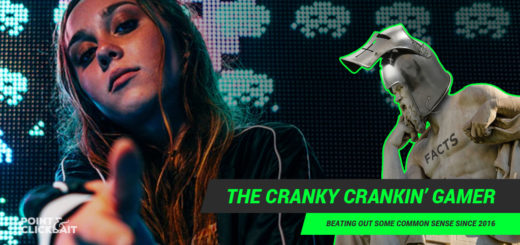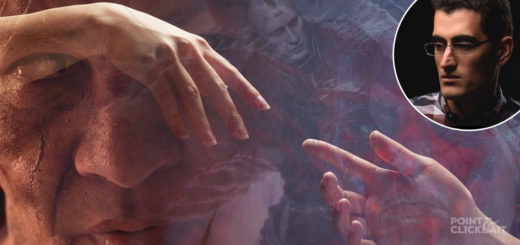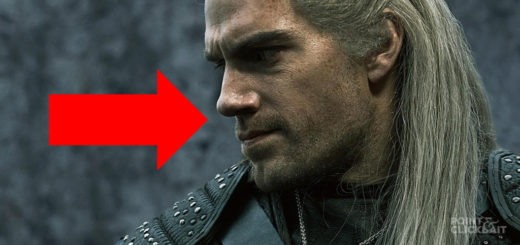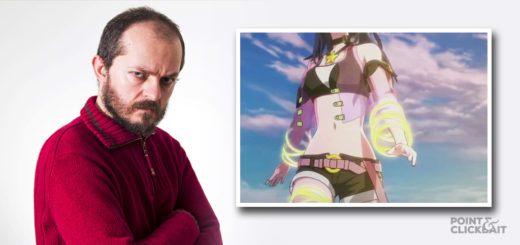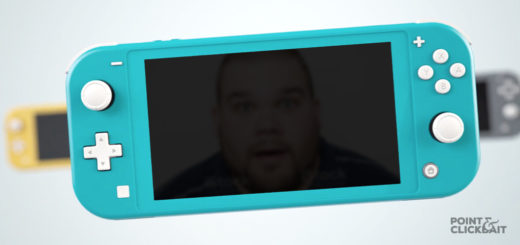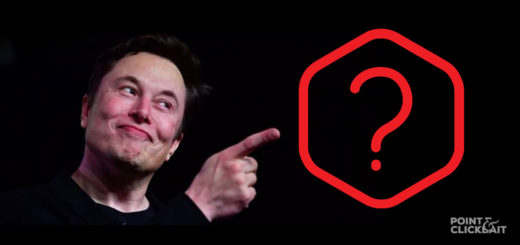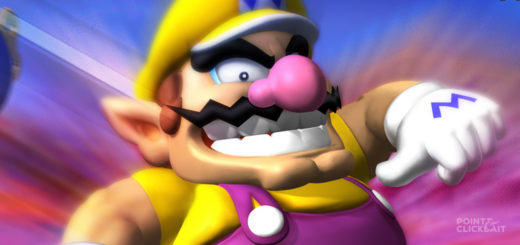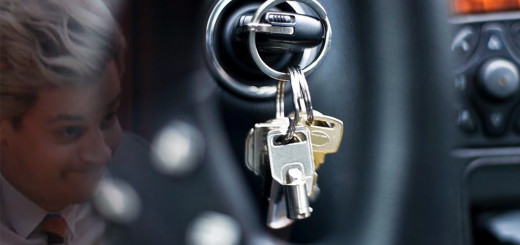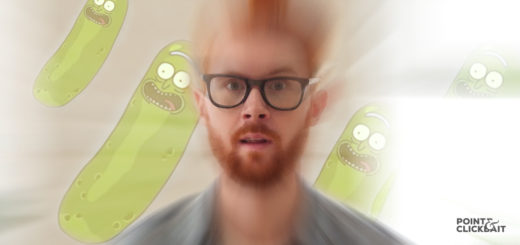Where Detective Pikachu Began: A Look Back At “Inspector Zaprat”, The Cult Euro TV Hit
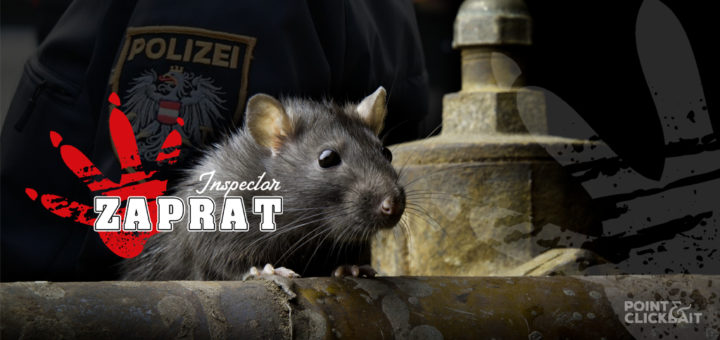
No child today could fail to recognise the chubby yellow cheeks of Pikachu, the most instantly recognisable of all the Pokemon, and most recently a star of the silver screen with Detective Pikachu. This electrically-charged investigator may have pulled in the big numbers at the box office, but none of that success would ever have been possible without the hard work of Inspector Zaprat, a cult Euro TV hit from the yesteryear of 1992.
Indeed, any child of pop culture who came of age in the early 90’s will no doubt remember that heartwarming duo – the hardboiled, no-nonsense detective and his friendly wet rat companion – as they hurtled through the streets of Austria in their rickety police wagon, cracking the tough cases no-one else could solve. Despite being filmed for a European audience and finding most of its success in that region, the show was eventually syndicated worldwide, appearing at odd late-night time slots in countries as far away as Australia where it quickly became a cult classic.
Inspector Zaprat was the brainchild of Euro-TV mogul Peter Mojek, a rich investment banker who made his fortune in radio and only purchased a chain of regional TV broadcasting stations on a whim so that his two young children could watch more of their favourite show, Wobbly Dog. Famous for once boldly claiming that “the future of entertainment is the radio serial, and only the radio serial, and if I ever own any TV stations I will simply use them to broadcast radio serials, which, to reiterate, are the sole future of entertainment,” Mojek now found himself saddled with debt and in need of a hit TV show – one with a catchy visual component.
His new baby was a troubled production from day one. Some months prior to launching the show, Mojek had inked a lucrative sponsorship deal with a company called Future Rectangle, which he himself owned through a complex series of shell companies. Future Rectangle, producers of the popular knock-off children’s hand-held console GameGary (limited release in Latvia), would send Mojek’s production company öS500,000 in exchange for the licensing rights to whatever merchandise his next show generated. But to make good on his debts and keep the Austrian tax department off his back, Mojek needed to have a pilot on air before the end of the year.
Under pressure, Mojek turned to what he knew best: crime.
Veteran actor Elias Tombelli, noted for his leading roles in late 80’s police procedurals like Warsaw White Collar, Halt! It’s Crime and Mr. Guns, was tapped to take the lead role of Detective Christoph Koller. The timing was serendipitous: Tombelli was fresh out of work after a potentially career-ruining scandal on the set of Mr. Guns where he became “lost in the character” and started to compulsively swallow bullets. Mojek needed a tax break, and had recently been advised by his accountant that he was incorrect in his assumption that he could claim back the expensive spaghetti dinners he enjoyed six nights a week. The stage was set, and pre-production began in an abandoned cannery in Vienna’s southern dockside districts, on the banks of the meandering Danube.
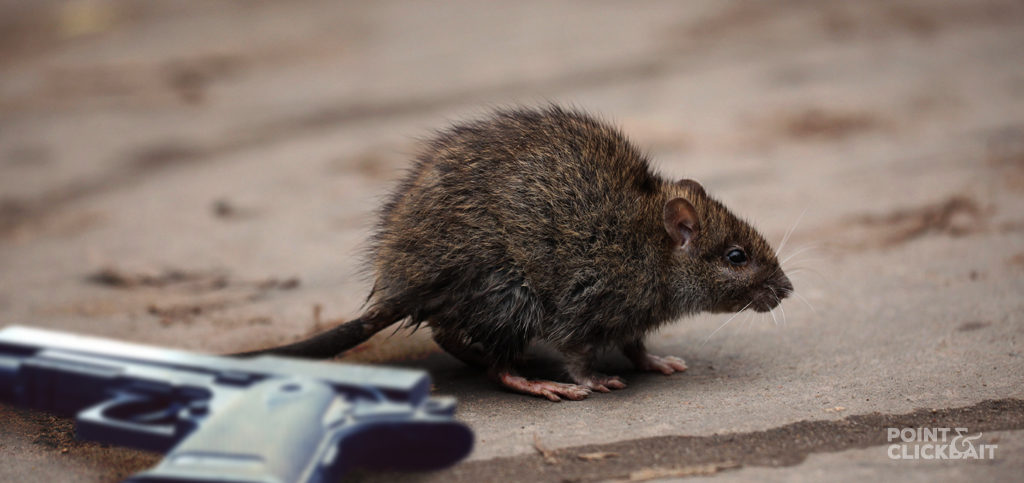
Despite the eventual cult status of Inspector Zaprat, the truth is that Mojek never intended to include an animal companion in his show at all. The original pitch was more in line with the zeitgeist of the times: a small-town Eastern European police drama with a character-driven cast dealing with the local knickers-thieves, paint-wasters and serial killers. Tombelli auditioned for the part expecting a more traditional partner, like a rookie cop, or a hothead prosecutor. However, at the exact same moment he started his initial reading of the script, something incredible happened: a bloated, urine-soaked rat burst from a nearby dumpster and bit one of the camera crew on his leg, before waddling away into the shadows.
Mojek, sensing a merchandising opportunity that would tie in nicely with his complicated GameGary tax fraud vehicle, was struck by inspiration and immediately ordered the writing team back to their desks to rework the pilot episode around Tombelli and his new partner: a trained police rat. Titles like The Stink Of Crime and Stop! Or My Wet Rat Will Shoot were eventually discarded in favour of the now iconic ‘Inspector Zaprat’. The cameraman would later die of gangrene, but thankfully left no family behind.
The pilot episode of Inspector Zaprat was a ratings bomb. Panned by critics as “unwatchable”, “an atrocity which will haunt future generations”, and “a waste of Tombelli’s bullet-eating talents”, the show was off to a rocky start. Today there are only two known extant copies of the pilot: one in the private collection of Mojek’s family, and the other in the sealed basement archives of the Austrian national broadcaster, the Österreichischer Rundfunk, kept under armed guard at all times. Still, the show was a runaway hit with the only audience that mattered – Mojek’s twin children Aberie and Magdalena, who ended up taking a starring role as The Police Chief Who Sometimes Looks Like Two Different Children. Thrilled by their response, Mojek immediately commissioned six more seasons.
The traditional Inspector Zaprat format, which fans have come to know and love, always works the same way. Each episode begins with a shadowy figure committing a crime of some kind, before Koller appears the next morning to investigate. After following up some leads, he ends up being stonewalled and must turn to The Police Chief Who Sometimes Looks Like Two Different Children for help. Inevitably, he runs into trouble – the sort of trouble where only his trained and deadly police rat can save him.
Even the most diehard fans of the series would have to admit that it is “cheesy Euro-schlock” and was “very clearly written as a radio serial”, but there is an undeniable charm to the consistent inventiveness of the writing team and their drive to make any and all criminal scenarios work with a trained rat companion. Episodes such as Even A Rat Can Bleed from season five, where Zaprat must enter an underground rat-fighting ring in order to collect evidence for Koller, demonstrate this commitment to what the fans call “rat-roading”, the phenomenon where a problem can only be solved by throwing a rat at it, in many cases literally.
In one particularly memorable moment of rat-roading at the conclusion of the two-part episode The Final Passion… of Revenge!, the inspector faces off against repeat villain, gang leader and organ trafficker Viktor “The Fist” Hass. Koller finds himself racing against time to track down a series of poisoned cheese danishes which The Fist has circulated across the city in order to harvest the livers of the victims, and only the incredible nose of Zaprat allows him to trace the deadly scent of the poisoned cheese back to the source and bite him, causing a serious case of gangrene.
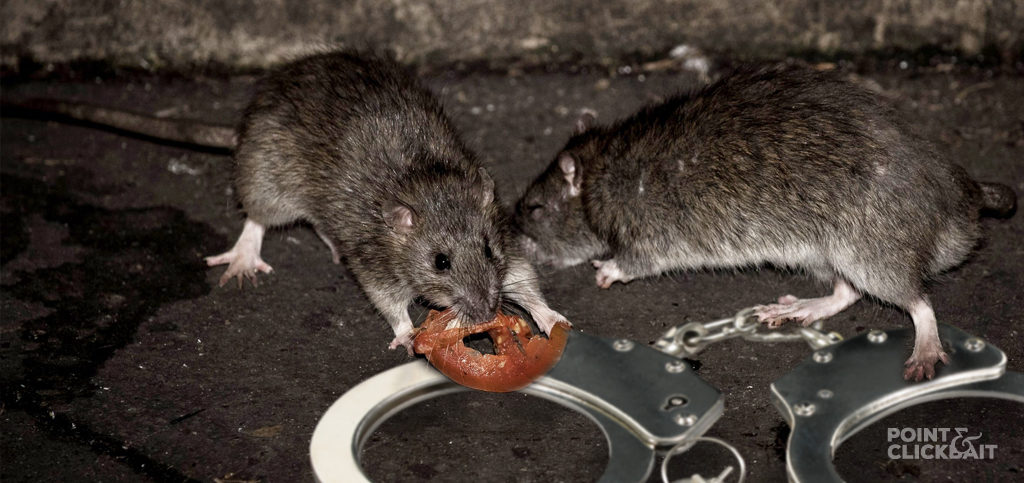
Yet other fans will point to Death In A Graveyard, a season three standout, where the brave Detective Koller is nearly entombed alive and only escapes by hurling a piece of cheese into the front seat of a nearby car. The cheese bounces down to land in amongst the pedals, and in his desperate attempts to get at it, Zaprat presses the clutch, gearstick and accelerator in exactly the right way to start the car and send it powering into the mausoleum, breaking the stone door and freeing the detective. Unbelievable? Yes. Painfully difficult to watch? Also yes. Winner of the Romy TV awards for best story or most popular actor? Absolutely not. But the fans loved it, and the broadcasters weren’t paying attention, and that was enough.
It was around season three – now being broadcast to an increasingly resigned audience who had made peace with the idea that the only TV entertainment in their local region revolved around a wet, yellow rat which frequently shat itself on screen – that international audiences began to take notice. Localised with dubbed dialogue, Inspector Zaprat quickly took on a life of its own and began to build a small but strong cult following. In Sweden, the show was called Kommissarie Zaprat; in Spain it was Zaprat: Un policía diferente. In faraway Japan, the show aired on the Mystery Channel and was translated as Zaprat: Small Justice Handcuff Mouse, spawning a series of rat-themed restaurants which were later shut down due to what the real police called “astonishing health violations”.
Detective Pikachu director Rob Letterman, who first came across Small Justice Handcuff Mouse when he contracted food poisoning in downtown Osaka, told Vanity Fair that Inspector Zaprat was one of his “style goals” when planning his own take on the ‘man-with-a-rat solves crimes’ genre. “I knew that I wanted to recreate that madcap sense of style, that unshakeable faith that something so absolutely impossible could, nay should work, that it convinces everyone in the audience to play along too,” said Letterman. “I knew that if I could even recreate a tenth of that Zaprat energy, we would have a hit on our hands.”
For fans of the original “zap rat” however, Detective Pikachu left many of them wanting. Critical consensus among the more dedicated message boards and still operating webrings of the Zaprat fandom was that Detective Pikachu ignored some of the key themes of the genre, with too much time spent on “unnecessary CGI” and not enough time spent “swinging a biting rat like a flail to knock a gun out of a man’s hands, and then pausing to eat a locally-produced apfelstrudel”. Fans were pleased, at least, to see the character of Cubone, clearly inspired by the season four episode The Base of a Rat’s Skull, in which it is revealed, through shocking flashback, that the beloved furry inspector once torpedoed a case by eating the flesh away from a murder victim’s face, leaving behind only the mask of their skull.
It’s easy to dismiss these criticisms as the deranged mutterings of rusted-on fans who should be old enough to know better – and many do – but there is no denying that the legacy of Inspector Zaprat continues to reverberate through pop culture today. Countless imitation crime procedurals featuring an animal companion sprung up across Europe, spawning a glut of crushingly shit programming which would later be blamed for a ratings crash that saw the radio serial make a brief resurgence as the preferred form of family entertainment. Some even argue that the very act of throwing a Pokeball into battle is a direct callback to Koller’s trademark rat-lobbing technique perfected in season one, although Nintendo has remained silent on that particular analysis.
Fortunately for Zaprat fans, the success of Pikachu’s silver screen debut has sparked renewed interest in this cult 90’s icon. One of Mojek’s many shell companies turned out a limited edition re-release of the DVD box set which immediately sold out, while Tombelli briefly came out of retirement to attend several conventions, before muttering a series of unbelievably racist slurs into a microphone he didn’t know was live, and immediately withdrawing from public life once more. Thanks to the internet, an entirely new generation of fans can rediscover the joy of watching a drunk Austrian man angrily shout instructions for defusing a sea mine at a nearby rat – and that’s a kind of electricity that will live on forever.



